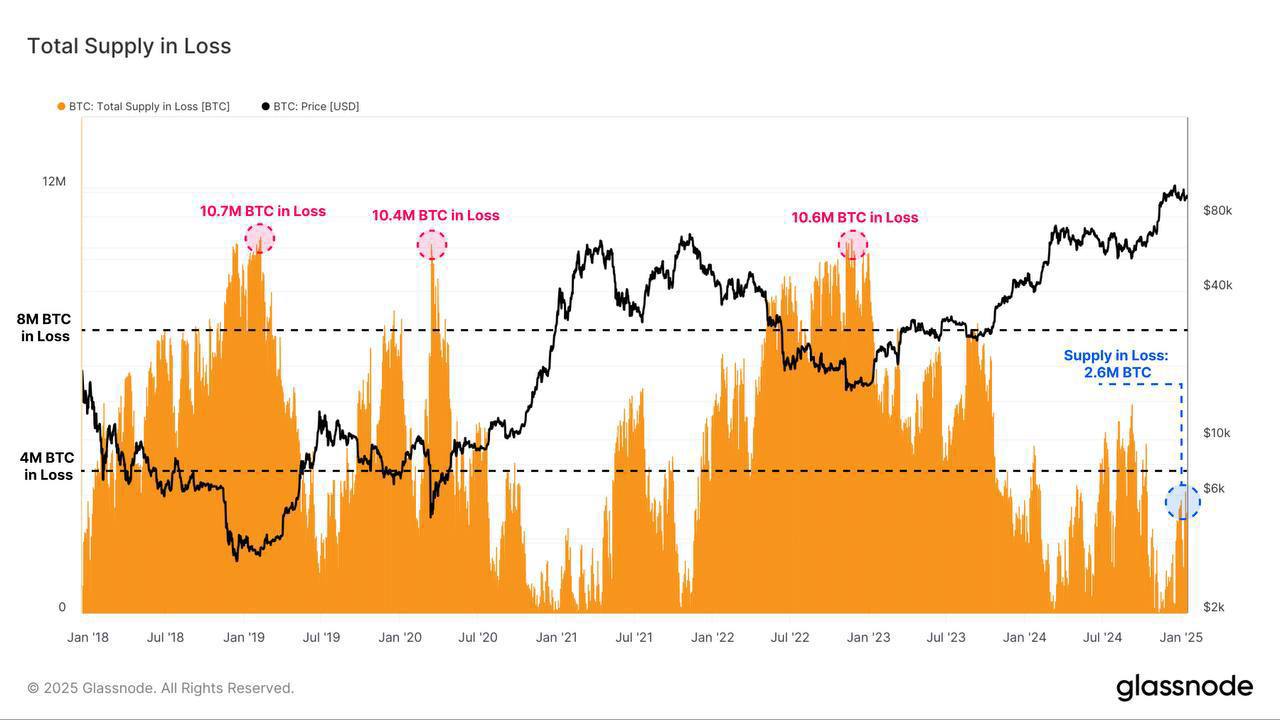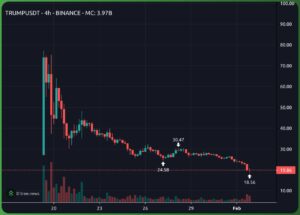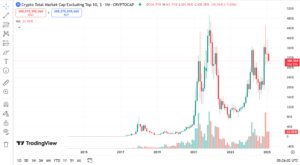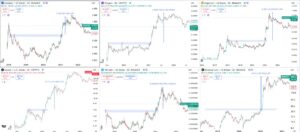Market participants and analysts often rely on various metrics to assess Bitcoin market conditions. One significant metric is the amount of Bitcoin supply held in an unrealized loss, a measurement that reflects the extent of market stress. Unrealized loss occurs when the current market price of Bitcoin is lower than the price at which the asset was last moved or acquired, but the asset has not been sold. Historical trends highlight different ranges of unrealized loss volumes that correspond to bull and bear market phases, providing a valuable reference for understanding market cycles.
Historical Benchmarks for Unrealized Loss
When assessing the historical behavior of Bitcoin, two primary phases emerge:
- Bull Markets: In periods of bullish market sentiment, the volume of Bitcoin held in unrealized loss typically remains below 4 million BTC. This low level of unrealized loss reflects widespread profitability among market participants, strong upward momentum, and growing demand for the asset.
- Early Bear Markets: During the initial phases of bear markets, the volume of Bitcoin in unrealized loss usually rises to between 4 million and 8 million BTC. This range signifies growing market stress as prices decline from previous highs. Traders and long-term holders begin to experience losses, yet market sentiment may still hold some optimism for recovery.
Current Market Context
In the past week, heightened market volatility caused an estimated 2.0 to 3.5 million BTC to move into unrealized loss territory. Despite the increased short-term stress, this figure remains below the 4 million BTC threshold commonly associated with early bear markets. This suggests that, while volatility and downside risk are present, the market has not yet reached the stress levels seen during more severe downturns. Notably, this recent shift may also reflect short-term trading activity rather than long-term holder capitulation.
Comparisons to Major Historical Events
For additional context, examining previous bear market lows and crash events provides a clearer perspective on the current state:
- 2018 Bear Market: At its worst point, the bear market of 2018 saw approximately 10.7 million BTC held in unrealized loss. This extensive period of price depression followed the dramatic 2017 bull market peak, where Bitcoin’s price surged to nearly $20,000 before collapsing.
- 2020 COVID-19 Crash: The sudden, pandemic-driven market collapse in March 2020 caused approximately 10.4 million BTC to fall into unrealized loss. This rapid drawdown was one of the most severe short-term shocks in Bitcoin’s history, highlighting the vulnerability of markets to external macroeconomic events.
Broader Implications and Investor Strategies
Monitoring the supply of Bitcoin in unrealized loss can offer critical insights into market sentiment and potential turning points. A significant rise in unrealized loss often indicates widespread market pain, potential capitulation, or a shift from optimism to fear. Conversely, declining levels of unrealized loss typically signal improving market health, increasing demand, and renewed profitability for holders.
Investors may use this data to:
- Identify Market Bottoms: Historically, market bottoms have coincided with high levels of unrealized loss, signaling deep capitulation and oversold conditions.
- Gauge Risk Levels: When unrealized losses remain low despite volatility, it may indicate a resilient market with strong buying support.
- Track Long-Term Holder Behavior: A growing proportion of Bitcoin held by long-term holders (those who have held BTC for over 155 days) in unrealized loss can provide insights into long-term confidence versus panic selling.
Conclusion
While the recent increase in unrealized loss volume indicates rising market stress, the current levels remain far from the extremes experienced during previous bear markets or catastrophic events. Investors and analysts will continue to monitor this metric alongside others, including realized profits, long-term holder supply, and macroeconomic factors, to better understand potential future trends.
In conclusion, the supply of Bitcoin in unrealized loss serves as a vital tool for understanding market sentiment, investor behavior, and potential turning points. As of now, market stress remains notable but has not reached the historically significant levels that would signal deep market capitulation or severe bearish conditions.







Leave a Comment